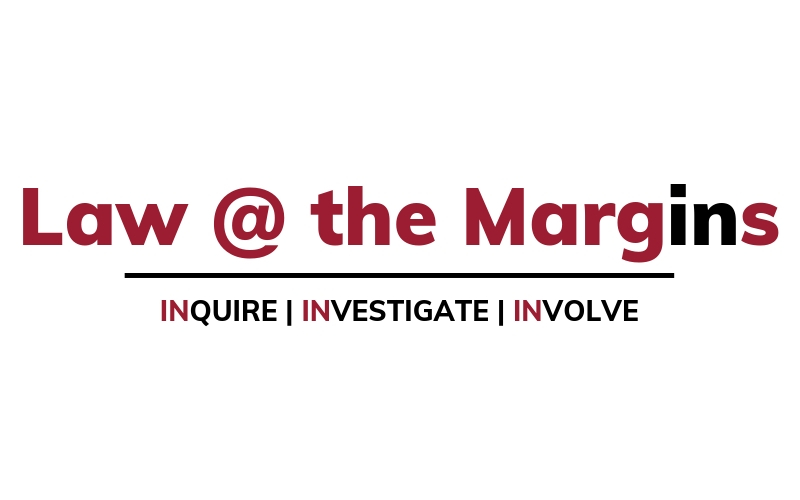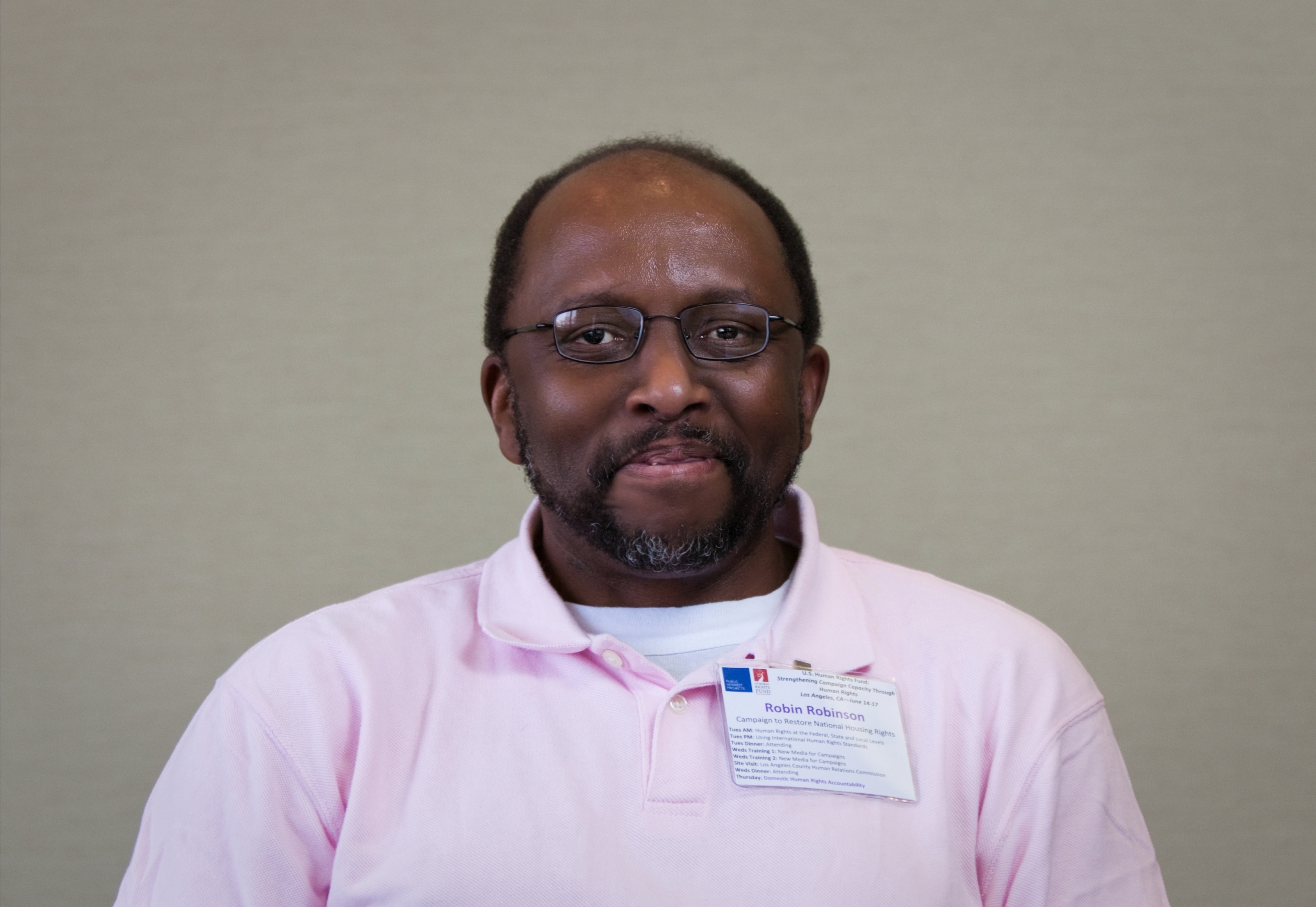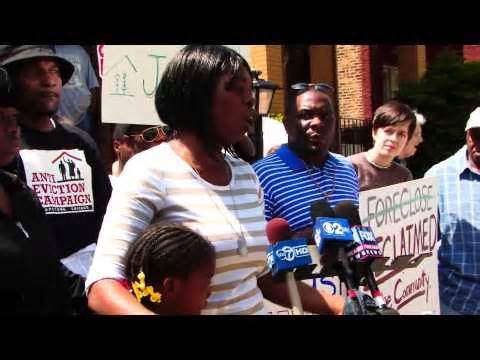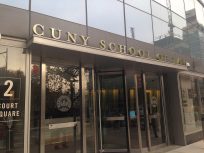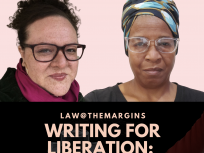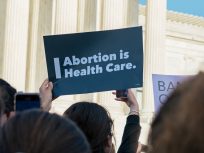By Rob Robinson, Take Back the Land Leadership Committee
The movement should be led by impacted communities, primarily women of color. This core principle of Take Back the Land (TBTL) stands front and center on this December 10th, 2013, a day that is recognized around the world as Human Rights Day. TBTL is a network of grassroots organizations from around the country which uses non-violent civil disobedience and direct action to defend families against eviction, move people into vacant homes and reclaims vacant property for farming and other uses based on community need.
In 2008, the US government made a decision that still raises eyebrows and sends a message to all citizens; it’s ok for the people to fail, but we must support the financial sector. The very same financial sector turned around and foreclosed on homeowners in record numbers. There were 4.4 million foreclosures since the start of the crisis according to a recently released report by Core Logic, which monitors the US housing industry. The Leadership Committee of the TBTL salutes Catherine Lennon and Martha Biggs, two women of color that raised the word resistance to a new level.
Martha Biggs’s struggle which was documented by author Laura Gottesdiener in her recently published book A Dream Foreclosed had long fought to find a place to raise her four children. After being evicted from the Cabrini Green public housing complex, Martha began a journey that didn’t end until June 2011. A very determined woman who gained strength from spending most of her life on the notorious south side of Chicago, Martha was willing to do anything to meet the needs of her family. There were times the family would double up with relatives and often moved from one foreclosed apartment to another, before finding a place to call home.
In the spring of 2011, Martha started to attend meetings of the Chicago Anti-Eviction Campaign (CAEC) a TBTL Local Action Group. Martha started to participate in the work of CAEC by helping to identify foreclosed houses on the south side that the organization would claim using human rights principles, rehabilitate, and move in homeless families. Little did she know, one of the houses the group claimed and rehabbed would eventually become her future home. The organizing process not only politicized Martha, but also taught her some basic carpentry, electrical and plumbing skills.
On June 17, 2011, Martha Biggs became a recognized leader in the US Housing struggle. An African American woman who struggled to find housing for her family, stood in defiance on the front lawn of a 101 year old house on the south side of Chicago, and announced this house is being claimed from the 1000s of foreclosures forced upon communities all over the US. The journey ended for Martha and her four children and this house was finally, a place to call home.
Likewise Catherine Lennon of Rochester New York also stood in defiance and brought new meaning to the word resistance. For about five years, Catherine was fighting a foreclosure forced upon her by Bank of America (BofA) and its takeover of the Countrywide Mortgage portfolio. Catherine fell behind on her mortgage payments after the sudden death of her husband in 2008. In the winter of 2010, Ms. Lennon met with members of TBTL-Rochester who- up until they met Catherine- would primarily move single adults into foreclosed homes claimed by the group. In the spring of 2011, Bank of America sent a notice of foreclosure and TBTL-Rochester decided they would defend Catherine’s human right to a home based on need versus BofA want to profit. The eviction defense was successful for about a week. The city of Rochester, working in concert with BofA, decided to send a swat team and evict Ms. Lennon and her family. During the eviction, a 75-year-old white neighbor protested the police handling of the eviction and she was arrested and charged with interference. With the help of the TBTL-Leadership Committee and allies, TBTL-Rochester created media pieces, audio interviews, and video. The media was posted through youtube and other outlets.
Eventually it was decided by Catherine and the group to move the family back into the house and it was done with a very public move in- on Mother’s Day 2011. TBTL then began to ramp up its public campaign against BofA using language such as “human right to a home outweighs the right of a bank or a speculator to profit”. TBTL repeatedly called for BofA to turn over Catherine’s home to a Community Land Trust, a welcomed alternative to speculation of land and housing. Ms Lennon stood strong in her refusal to leave and TBTL stood side by side with Ms. Lennon and her family.
Then on November 15th, 2013, TBTL-Rochester held a news conference at 9 Ravenswood in Rochester, New York to make the announcement that BofA had given up its fight with Ms. Lennon and agreed to immediately cease all foreclosure proceedings. In addition, BofA agreed to allow Ms. Lennon to have control and title to the home for one dollar with no future financial obligations. Catherine Lennon resisted and won her five-year battle with the mighty big bank.
America and financial institutions have long discriminated against people of color and women in particular with respect to housing. Policies have been created such as redlining, predatory lending, and forced evictions that leave a trail of destroyed families and neighborhoods while a story is told of uncaring, lazy and uneducated people allowing the communities to fall apart. Since the financial crisis of 2008 and the government sending a message of corporations before people, resistance has risen to new levels in communities of color. People long impacted by discriminatory practices are saying: “No more, enough is enough!” Human needs should take precedent over profit. Article 25 of the Universal Declaration of Human Rights states:
(1) Everyone has the right to a standard of living adequate for the health and well-being of himself and of his family, including food, clothing, housing and medical care and necessary social services, and the right to security in the event of unemployment, sickness, disability, widowhood, old age or other lack of livelihood in circumstances beyond his control.
(2) Motherhood and childhood are entitled to special care and assistance. All children, whether born in or out of wedlock, shall enjoy the same social protection.
Martha Biggs and Catherine Lennon are just two stories of courageous women of color fighting back against policies of discrimination and using human rights principles of Universality (everyone is included) and Public Goods (they belong to everyone) to advance the human right to housing. TBTL has effectively collaborated with legal advocates to use a human rights framework to challenge laws in the courtroom. The TBTL scales of justice say, “the human right to a home outweighs the right of a bank, landlord or speculator to profit from a home”. We are starting to see a trend of resistance in urban and rural areas of the country. Awareness has been raised to new levels. Social movements around the world are seeing struggle through a global lens. At the end of the day, the movement is about land. Trans-national corporations that are resourced by global financial institutions are displacing people. Communities are starting to fight back and resist. Maybe just maybe we are starting to see a shift and the human right to a home will become a reality as opposed to an abstract concept.
